In his new book, From Scratch: Inside the Food Network, writer Allen Salkin takes a deep dive into the world of Food Network, from before it was a kernel of an idea all the way up to the latest Paula Deen scandal. For anyone who has an interest in the network, or television in general, it’s a fascinating read. The book is full of information that you probably didn’t know about the network.
The story begins with a man named Joe Langhan, who was head of programming for Colony Cablevision, and had the idea to broadcast food-related programming 24-7 on one of their channels. From the start-up business plan, which relied heavily on subscribers buying an electronic coupon machine called Couponix, to the early team, which included CNN co-founder Reese Schonfeld, being told that they were out of their minds for wanting to broadcast cooking shows all day long, the early chapters are a textbook example of a great idea coming along at exactly the right time and beating the odds.
The founders of Food Network refined their vision as they went along, and managed to convince enough people to invest to make their vision come to life.
"My fondest memory from the early days was realizing that what we had been working on, we were actually going to do it," Langhan told us. "We were able to take it from idea to implementation."
"CNN was architecture, and Food Network was carpentry," Schonfeld added. "It’s fun to be a carpenter, but it’s never finished."
The early schedule was full of traditional "stand-and-stir" cooking shows hosted by folks like David Rosengarten (Taste), Susan Feniger and Mary Sue Milliken (Too Hot Tamales), and a little-known chef named Emeril Lagasse (How to Boil Water and later Essence of Emeril), as well as a program hosted by Robin Leach (Talking Food), and a talk show hosted by Rosengarten and New York first lady Donna Hanover called In Food Today. But as Schonfeld put it, the work was never done.
If Food Network has been consistent in one field it’s been its ability to constantly take chances and reinvent itself, from airing a wacky Japanese cooking competition show called Iron Chef to giving a cook without high-end restaurant experience named Rachael Ray her very own show to deciding who will be its next star via a reality competition show.
But for everything that’s public knowledge, there’s a wealth of fascinating information that you most likely didn’t know about the network and its stars that’s revealed in the book.
1. Rachael Ray’s first impression of New York was horrific
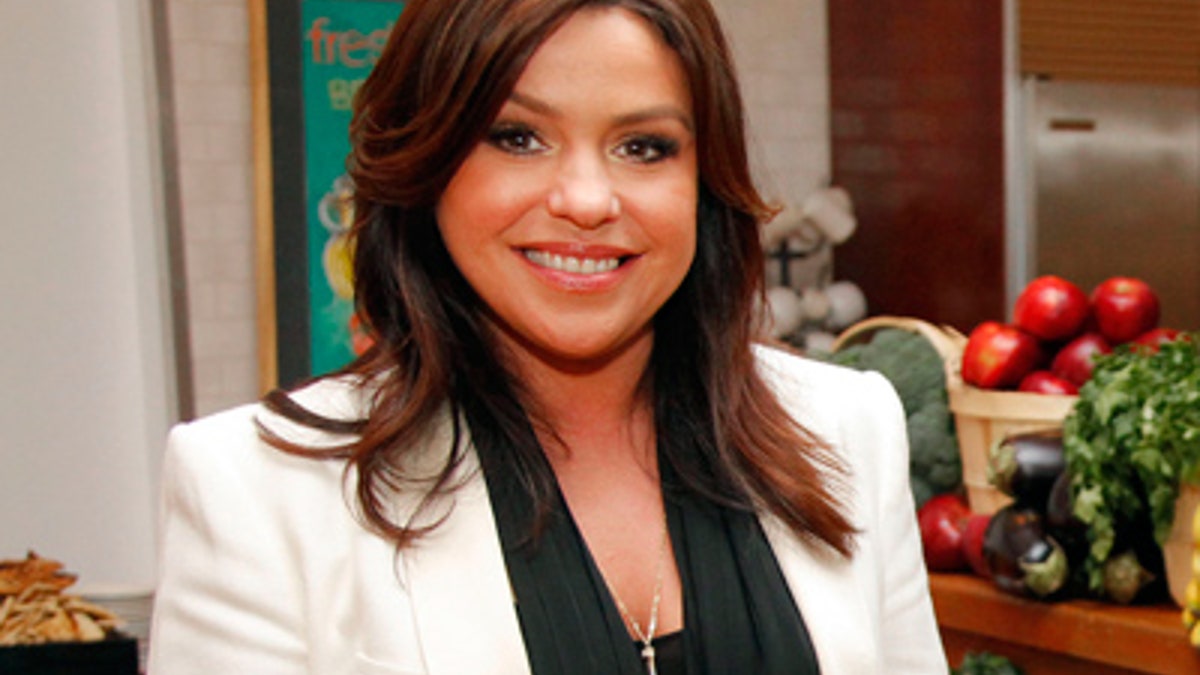
(AP)
Rachael Ray moved from upstate New York to the city at age 23, and her first job there was running a candy counter at Macy’s while living in Queens. Her next job was at Upper East Side gourmet shop Agata & Valentina. She worked there from 4:45 a.m. until after midnight, running on little to no sleep. One night she was robbed in her building’s vestibule at gunpoint, but got away after spraying her attacker with pepper spray. A few days later her foot fell asleep at work, and when she got up she stepped on it wrong and broke her ankle. Then, 10 days later, the attacker came back, "dragged Rachael off her crutches into a dark spot and began beating her with the gun." She moved back home after being released from the hospital, but after nailing a morning show segment with Al Roker she was invited back down to make a pilot for the network, and the rest is history.
2. They accidentally broadcast porn
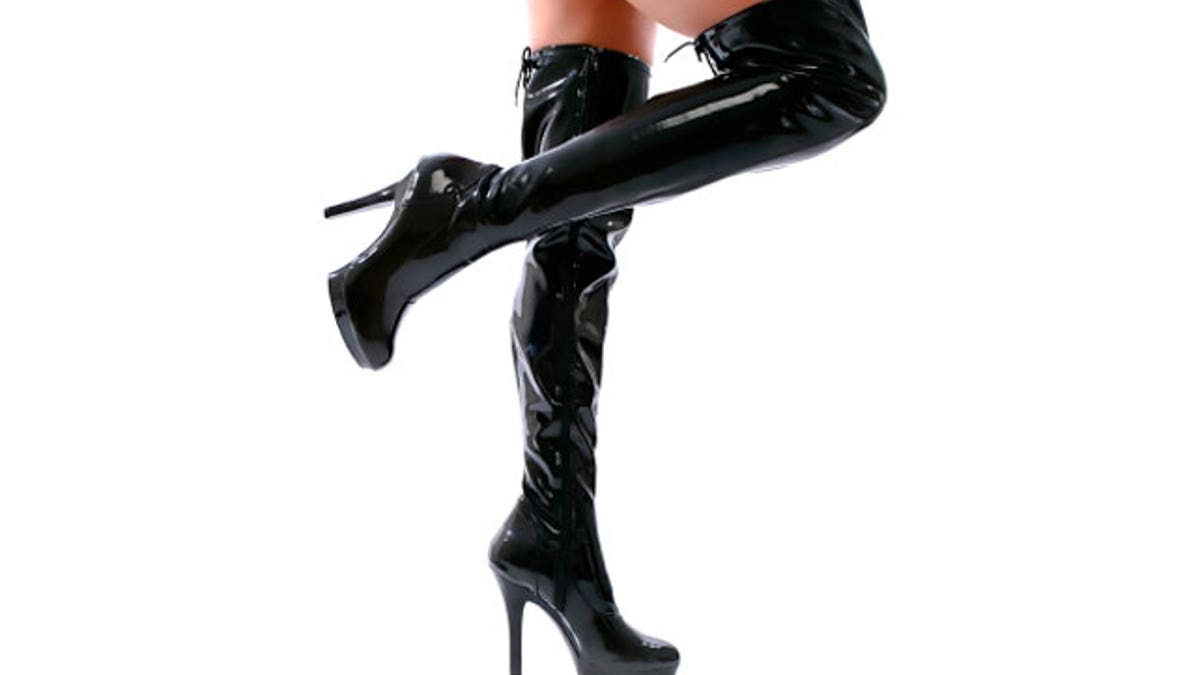
(iStock)
Jan. 30, 1997 is a date that will live in Food Network infamy. Why? In the early morning hours, during an airing of Too Hot Tamales, someone sabotaged the tape, and it cut to hardcore, explicit porn, with narration by Milliken no less, for a full minute. Broadcasting porn is a federal offense, so FBI agents showed up at the network the next day and grilled everyone involved with the production. Nobody fessed up, and the network was never punished.
3. Martha Stewart doesn’t come across as particularly friendly

(AP)
Several people in the book aren’t depicted in the best light, but Martha Stewart comes across as nothing short of an ice queen. During the final meeting after negotiating a deal to broadcast cooking segments from her daytime shows, netting her company several million dollars, she "stood facing the opposite direction, alternately looking out a window and poking at her mobile phone," according to the book. "When it came time to sign, she strode to the table, signed the papers, and strode out of the room without… a handshake or even a glance." Later, after Stewart produced a pilot for Ina Garten, she ordered the tapes destroyed because Garten’s Fiestaware looked too much like the dinnerware Stewart used on her show, and she was "unhappy that another woman was going to be the star of a show produced by her company." Yikes!
4. Giada had to train herself to smile
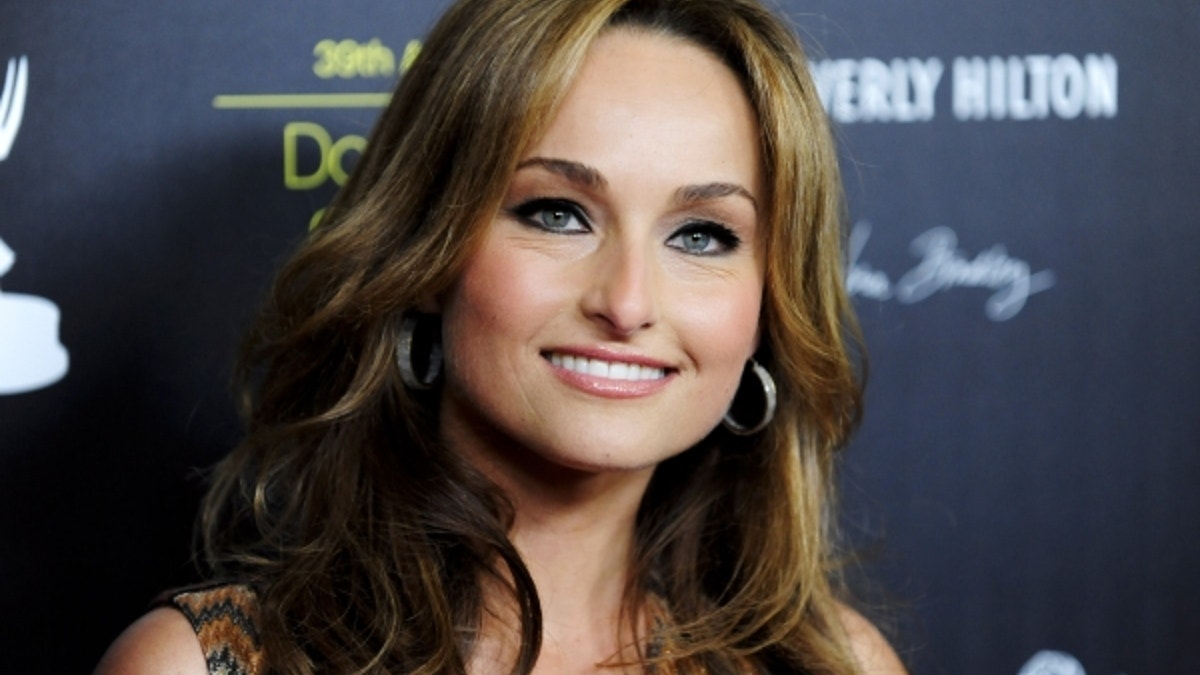
(Reuters)
Giada de Laurentiis was told by her producer to "smile whenever she spoke on camera, no matter what was happening around her," which was easier said than done. Her first 12-hour shoot "made her cheek muscles ripple with pain," but we’re pretty sure she’s accustomed to it by now.
5. The first set was a dump
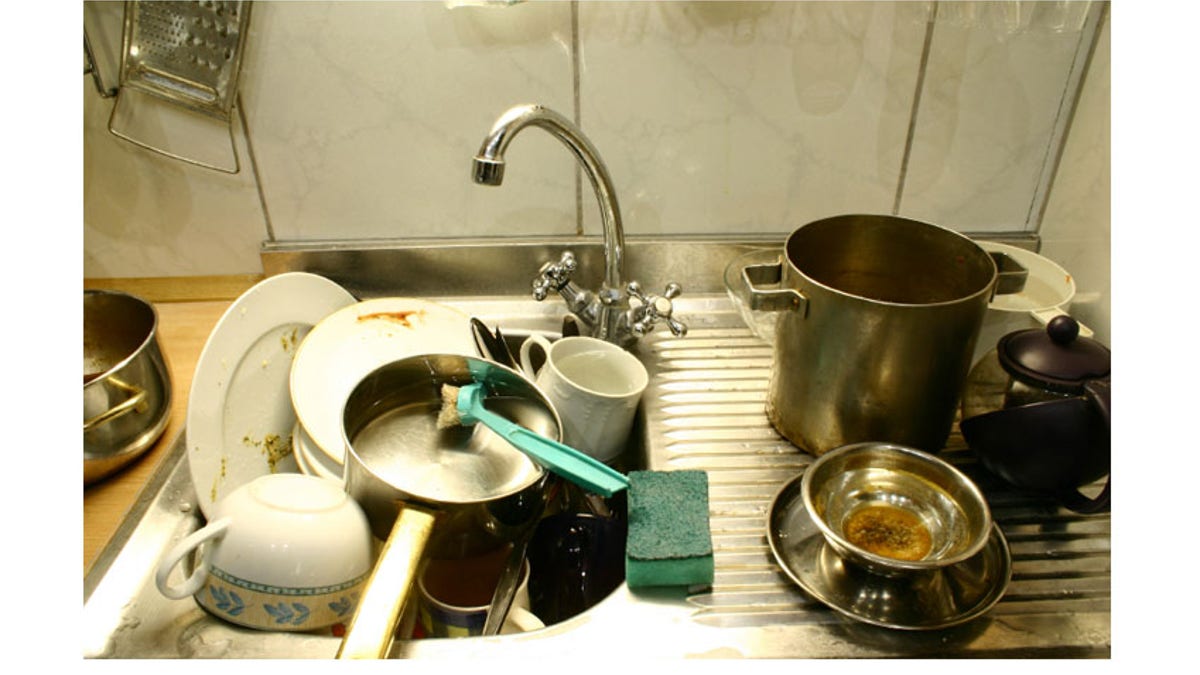
Lots of kitchen dirty accessories in the sink (iStock)
The first set had no oven (and when they finally got one it was so low-quality that the glass would constantly shatter), the smells of the food cooking would permeate the network’s entire office, the sinks had no drainage so stagehands would have to be constantly emptying out slop buckets, and when Mario Batali would remove food from the fictional "oven," he had to "simulate the sound of an oven door slamming by stamping his foot on the floor."
6. 'Bam!' was originally intended to wake up a drowsy crew
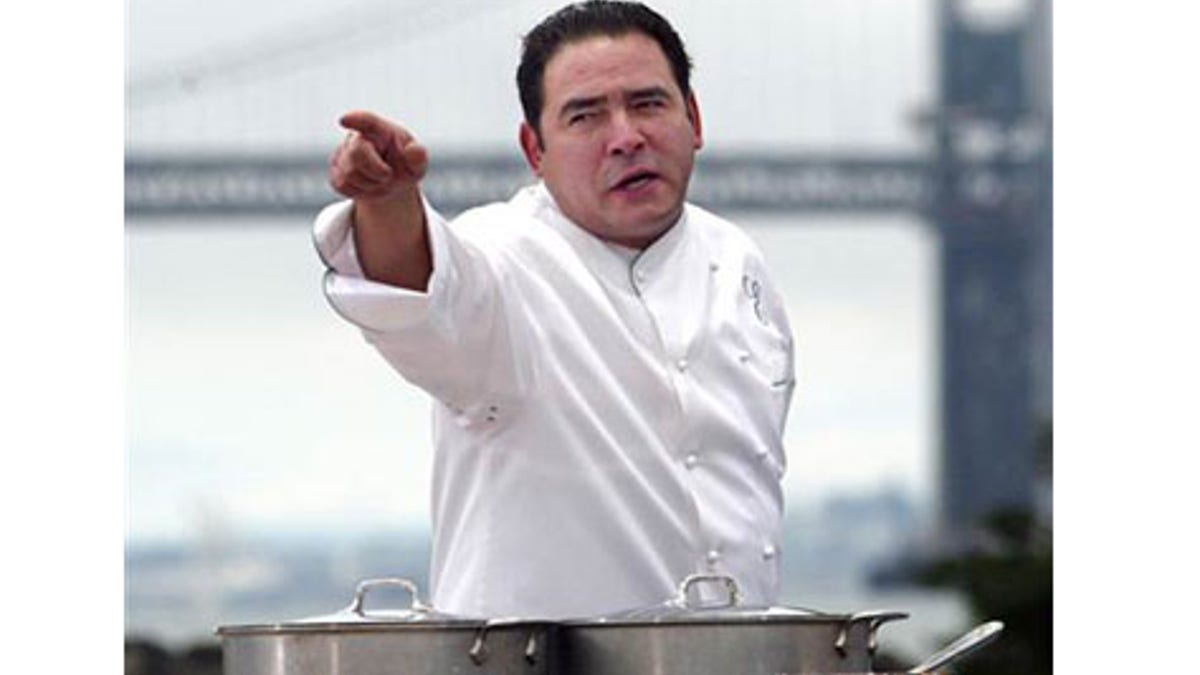
(AP)
Much of the early crew worked many jobs to make ends meet (the reason their names didn’t appear in credits was because they were paid below normal union rates), and Emeril had to deal with camera operators that were falling asleep as he cooked. "Inspired first by the need to keep the cameramen awake, Emeril started yelling as he added ingredients to dishes — 'Bam!'" And a legend was born.
7. Iron Chef’s Chairman Kaga is a crazy character
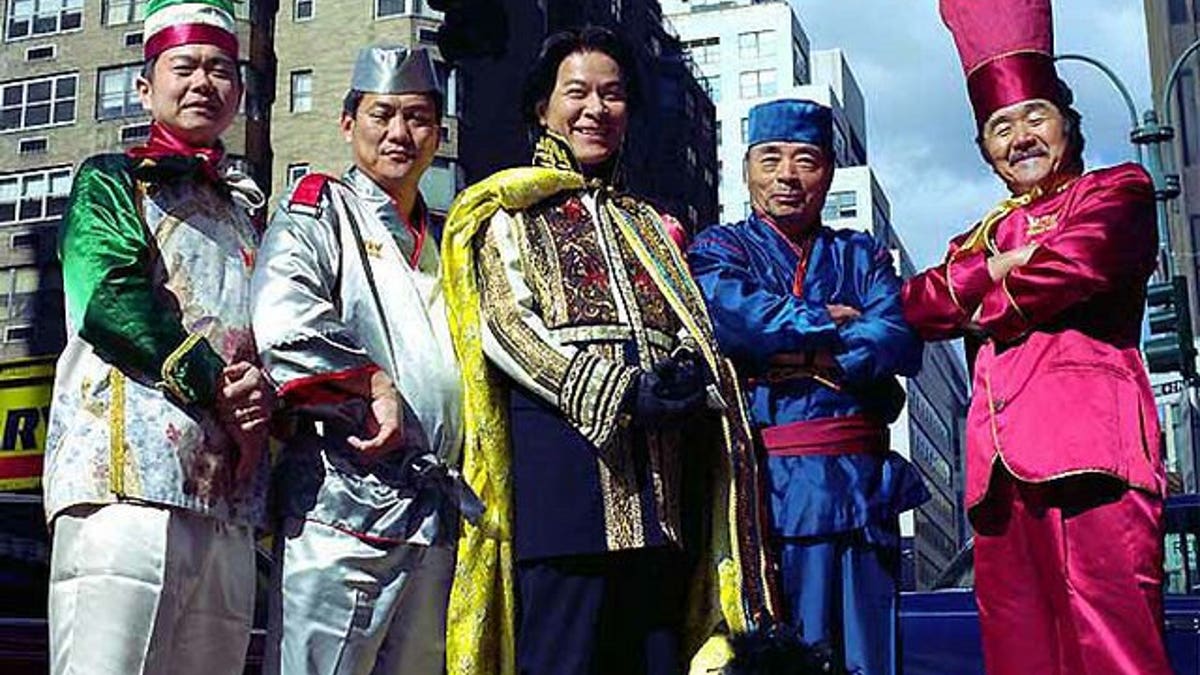
(AP)
If you’ve seen an episode of the original Japanese Iron Chef, you’ll know that Chairman Kaga, with his wild outfits and bizarre antics, is a bit of an eccentric. But the actor who portrayed him, Takeshi Kaga, who also played Jean Valjean in the Japanese production of Les Misérables, was also a bit of an oddball. When the production team came to New York to film the first crossover challenge with Bobby Flay as challenger, Kaga, who’s apparently a Method actor, stayed in character the entire time that he was in the city. Now that’s dedication!
8. Batali flubbed his first line, then cut himself

(AP)
"I’m Mario Batali, chef and co-owner of Pó restaurant, an Italian village," was the first sentence the now-legendary chef spoke on-air. Then, in one of the early episodes of his show, Molto Mario, he accidentally grated his knuckles along with some cheese. Bleeding and in pain, and all-too-aware of the network’s "no do-over" rule, "he plunged his hand into a bowl of tomatoes" and crushed them until it was time for commercials.
9. 'Iron Chef' aired on UPN before Food Network, with William Shatner as host
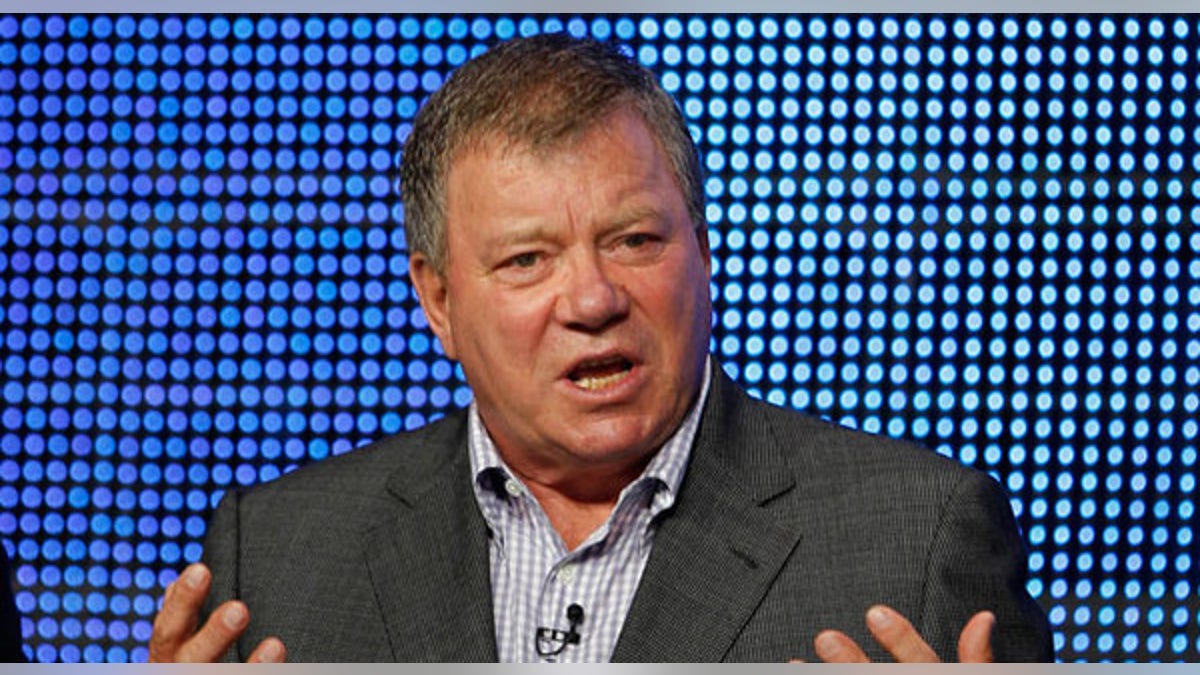
(Reuters)
Yes, you read that right. In 2001, Food Network turned down the opportunity to buy the rights to Iron Chef, and it was picked up by UPN, who quickly butchered it. Iron Chef USA starred Shatner as the Chairman, who wore a "glittering purple coat and a frilly vest" and would proclaim dishes to be "totally rad!" It was way too campy, and was canned after two episodes.
10. Bourdain left Food Network because of Ferran Adrià

(AP)
Cook’s Tour, where he traveled around the globe sampling cuisine. For season three, Bourdain wanted to take advantage of an opportunity to film elBulli master chef Ferran Adrià at work in his kitchen, but the network was reluctant to send him abroad, as domestic episodes generally fared better. So Bourdain quit, produced Decoding Ferran Adrià by himself, and it became the pilot for a series he sold to the Travel Channel: No Reservations.
For more shocking Food Network facts, check out the full story.
More from The Daily Meal
20 Tips for How to Be a Better Home Cook
The 22 Best Free Restaurant Apps
